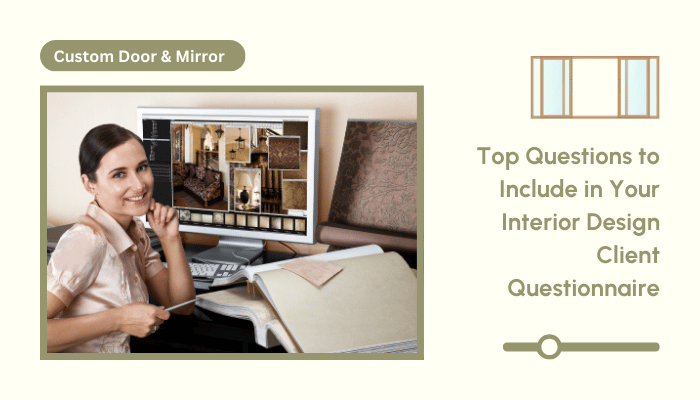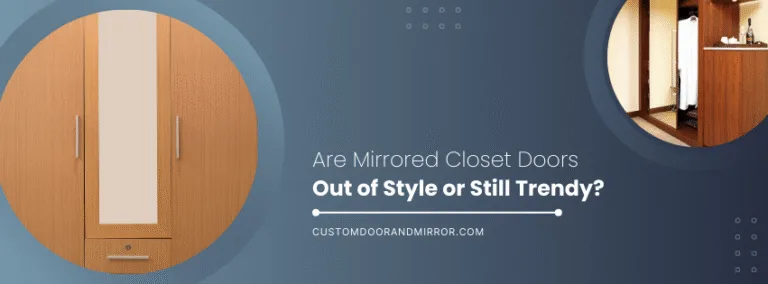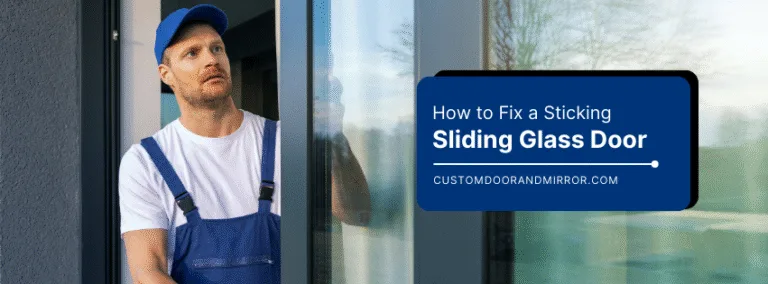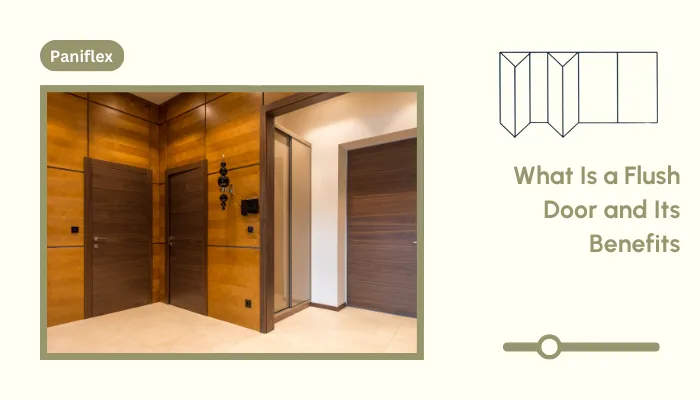Every interior design project is a journey of creativity, collaboration, and problem-solving. The foundation of that journey? A deep understanding of your client’s needs, preferences, and vision. Yet, many designers encounter roadblocks due to incomplete information or misaligned expectations.
Introducing the interior design client questionnaire, a tool that transforms guesswork into certainty. By asking the right questions at the right time, you can streamline your process, build trust with clients, and deliver exceptional results.
Ready to experience the benefits of custom closet doors? Explore our range of Paniflex products now.
In this guide, we’ll walk you through the step-by-step process of creating a questionnaire that not only gathers crucial information but also enhances your client experience. Ready to elevate your workflow? Let’s dive in.
Why Every Designer Needs a Client Questionnaire
Before discussing the specifics, let’s understand the overarching benefits of using a client questionnaire:
1. Streamline the Design Process
Imagine showing up to a consultation armed with all the details you need. A thoughtfully crafted questionnaire allows you to:
- Gather essential information upfront.
- Focus your discussions on creative problem-solving rather than logistical clarifications.
- Save time by minimizing back-and-forth emails and follow-ups.
2. Ensure a Client-Centric Approach
A successful design is one that reflects the client’s personality, lifestyle, and aspirations. By uncovering their preferences early on, you can:
- Personalize the design process.
- Avoid costly missteps and revisions.
- Deliver results that resonate deeply with your clients.
3. Establish Clear Communication
Good communication is the backbone of any professional relationship. A questionnaire helps:
- Set expectations for timelines, budgets, and scope of work.
- Reduce misunderstandings through detailed documentation.
- Build trust by demonstrating professionalism and attention to detail.
With these benefits in mind, let’s move on to when and how to introduce your questionnaire for maximum impact.
Timing and Delivery: Setting the Stage for Success
The timing and method of delivering your questionnaire can significantly influence its effectiveness. Here’s how to get it right:
When to Send Your Questionnaire?
- After the Initial Inquiry: Once a potential client reaches out, send them the questionnaire alongside a warm introduction. This signals your commitment to understanding their needs.
- Before the Consultation: Sharing the questionnaire ahead of the meeting allows you to review their responses, preparing you for a productive discussion.
- During the Onboarding Phase: If your process includes a formal onboarding step, the questionnaire can be part of the welcome package.
How to Deliver Your Questionnaire
- Digital Platforms
- Tools like Google Forms, Typeform, or JotForm make it easy for clients to respond from any device.
- Online submissions save time and enable easy data organization.
- Editable Files
- Provide clients with a fillable PDF or Word document for flexible offline completion.
- Ensure the document is professionally formatted and easy to navigate.
- Printed Copies
- For in-person meetings, offer printed versions to clients who prefer tangible materials.
- Include a self-addressed envelope if you need the hard copy returned.
Offering multiple delivery options ensures accessibility and accommodates diverse client preferences.
Building Your Questionnaire: Key Sections and Examples
Your questionnaire should be comprehensive yet user-friendly, covering all aspects of the project while respecting your client’s time. Below, we explore each key section in detail:
1. Personal Information
Start by collecting basic details:
- Full Name(s)
- Contact Information (email, phone)
- How they found your services (referrals, ads, social media)
Example Question:
“How did you hear about our services? (e.g., referral, website, Instagram)”
2. Space and Usage
This section focuses on the areas to be designed and their current use:
- Which rooms or spaces are included in the project?
- How are these spaces currently used, and what changes are desired?
Example Question:
“Please describe the current functionality of the space and any challenges you’d like to address.”
3. Functional Needs
Explore practical considerations and priorities:
- Do you have specific storage needs (e.g., hidden storage, open shelving)?
- Are there accessibility or safety requirements to consider (e.g., child-friendly, pet-friendly)?
Example Question:
“Do you have any specific requirements for how the space should function? (e.g., hosting large groups, maximizing natural light)”
4. Project Logistics
Gather information about timelines, budgets, and communication preferences:
- What is your overall budget for this project?
- When would you like the project to begin and end?
- How involved would you like to be in the decision-making process?
Example Question:
“What is your preferred method of communication during the project? (e.g., email, phone, in-person meetings)”
5. Custom Client Input
Provide room for open-ended responses:
- Is there anything else we should know about your vision or needs?
- Do you have any specific concerns or questions about the process?
Example Question:
“Are there any specific concerns or challenges you foresee during this project?”
6. Design Preference
Understanding your client’s design preferences is crucial because it shapes the creative foundation of your project. A well-constructed section on preferences does more than gather data—it helps you uncover the client’s aspirations, emotional connections, and aesthetic inclinations.
Breaking Down Design Preferences
- Exploring Style
- Many clients might not know how to articulate their preferred style in technical terms. Help them by providing examples or descriptions of common styles:
- Modern: Sleek, minimal lines with neutral palettes and functional layouts.
- Bohemian: Eclectic with vibrant patterns, layered textures, and global influences.
- Industrial: Raw materials like exposed brick, metal, and concrete with an urban edge.
- Include visual references like photos or mood boards to guide their responses.
- Many clients might not know how to articulate their preferred style in technical terms. Help them by providing examples or descriptions of common styles:
Example Question:
“Which of these design styles best represents your taste? (You can choose more than one or add your own):
- Modern
- Rustic
- Coastal
- Industrial
- Other: [Please specify]”
- Color and Material Preferences
- Colors and materials often evoke strong emotional reactions. Ask clients about their likes and dislikes:
- Preferred colors for walls, furniture, and accents.
- Materials like wood, metal, or natural stone.
- Address functional considerations like durability for families with kids or pets.
- Colors and materials often evoke strong emotional reactions. Ask clients about their likes and dislikes:
Example Question:
“Are there any specific colours or materials you’d like to highlight in your space? Conversely, are there any you’d prefer to avoid?”
- Inspiration and Mood
- Clients often draw inspiration from various sources, such as Pinterest, magazines, or personal travels. Encourage them to share their inspirations with you:
- Ask for links to Pinterest boards or collections of photos.
- Inquire about places or environments they find particularly relaxing or energizing.
- Clients often draw inspiration from various sources, such as Pinterest, magazines, or personal travels. Encourage them to share their inspirations with you:
Example Question:
“What inspires you? Feel free to share images, links, or descriptions of spaces you love.”
- Existing Elements to Incorporate
- Some clients have heirloom furniture, artwork, or other sentimental pieces they’d like integrated into the design. Others may have practical items they need to retain.
- This can also include architectural elements like exposed beams, large windows, or original flooring.
Example Question:
“Are there specific items (e.g., furniture, artwork, or décor) that you’d like us to incorporate into the design?”
- Functional Preferences That Impact Style
- While this overlaps with functional needs, it’s worth addressing how functionality aligns with aesthetic preferences:
- Does the client prefer open shelving or closed cabinets for storage?
- Are they open to mixing styles (e.g., combining modern and vintage elements)?
- While this overlaps with functional needs, it’s worth addressing how functionality aligns with aesthetic preferences:
Example Question:
“Do you have specific preferences for how design and functionality should balance in your space (e.g., open shelving for display vs. hidden storage for organization)?”
Tips for Creating an Effective Questionnaire
To ensure your questionnaire achieves its purpose, keep the following tips in mind:
- Use Clear and Concise Language
Avoid industry jargon and keep questions straightforward. - Organize by Section
Use headings and subheadings to group-related questions, making the questionnaire easy to follow. - Include Visuals
Incorporate mood boards, sample styles, or colour palettes to inspire and guide clients. - Test with Beta Users
Have trusted colleagues or previous clients review the questionnaire for clarity and usability. - Iterate and Improve
After each project, ask clients for feedback and refine the questionnaire accordingly.
An interior design client questionnaire is much more than a set of questions—it’s a strategic tool that ensures alignment, saves time, and enhances the client experience. By investing time in crafting a comprehensive, user-friendly questionnaire, you position yourself as a thoughtful, organized, and client-focused designer.
Ready to experience the benefits of custom closet doors? Explore our range of Paniflex products now.
Start building your ultimate questionnaire today and watch your projects transform into seamless, collaborative successes. With every answer, you’ll be one step closer to creating spaces that truly resonate with your clients.
Elevate Your Designs with Paniflex Custom Closet Doors
Looking for ways to bring precision, functionality, and style into your projects? Paniflex is the go-to partner for architects, interior designers, and contractors seeking custom closet door solutions.
With an impressive range of bifold and sliding doors, Paniflex empowers you to personalize designs with various styles, sizes, and panel configurations—down to the nearest quarter inch.
Whether you’re creating floor-to-ceiling storage in a high-rise Manhattan apartment or optimizing a modern home in Long Island, Paniflex doors offer unmatched quality and efficiency. Say goodbye to costly structural changes and hello to bespoke solutions that fit perfectly, install easily, and transform interiors.
Ready to take your projects to the next level? Explore Paniflex’s custom closet doors and mirrors today at Custom Door and Mirror. Enhance your designs, save time, and exceed client expectations with Paniflex.






